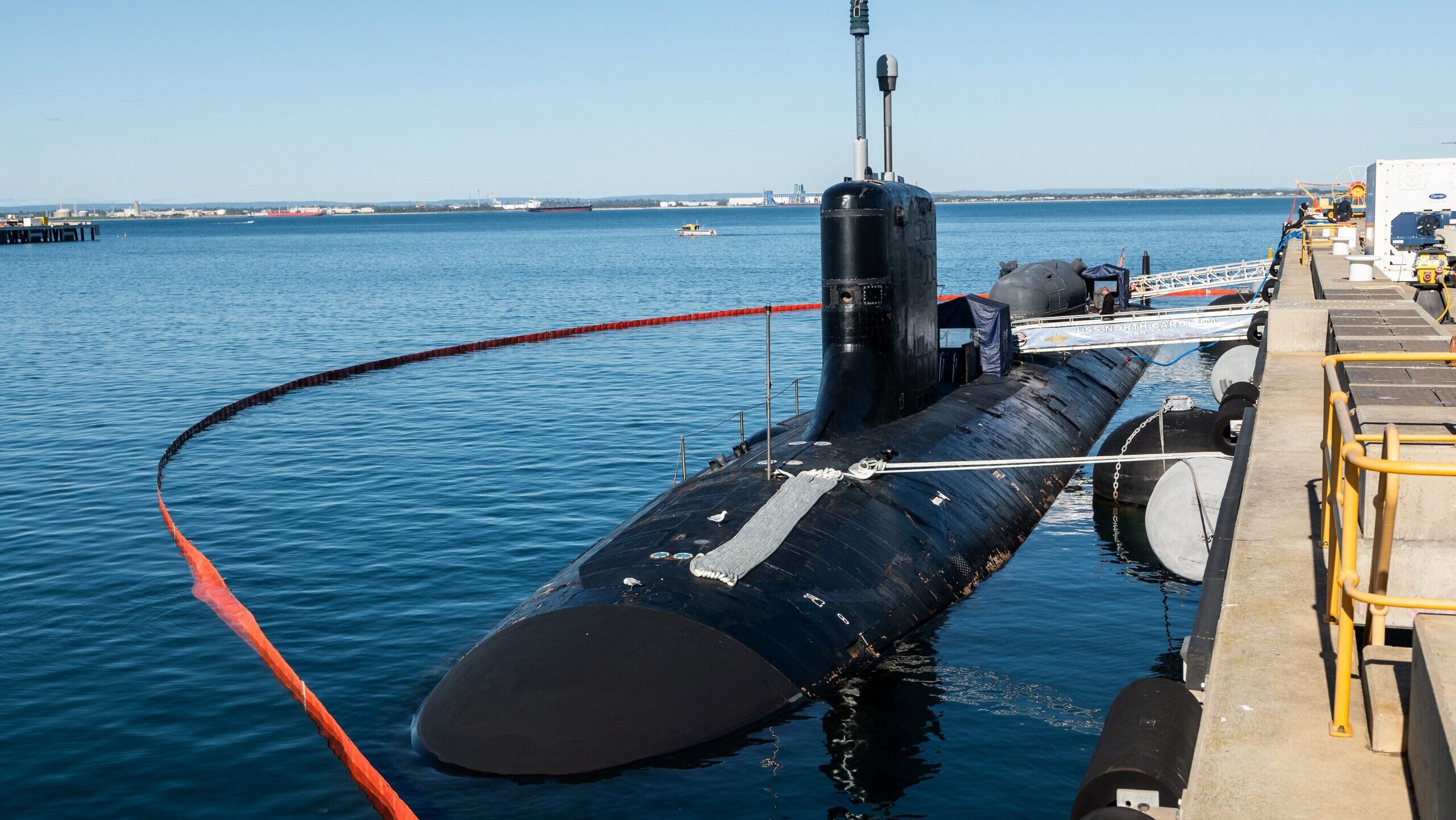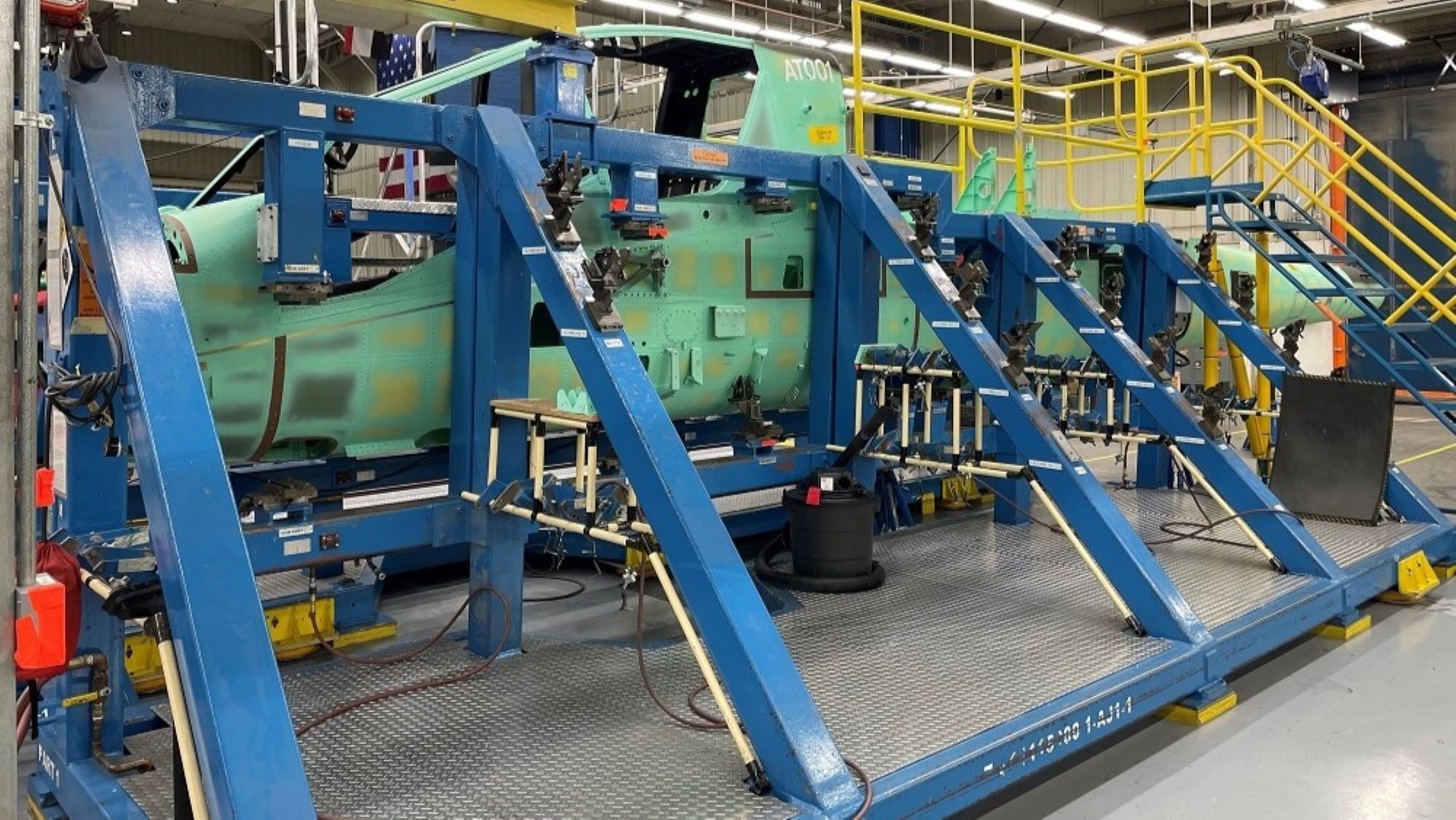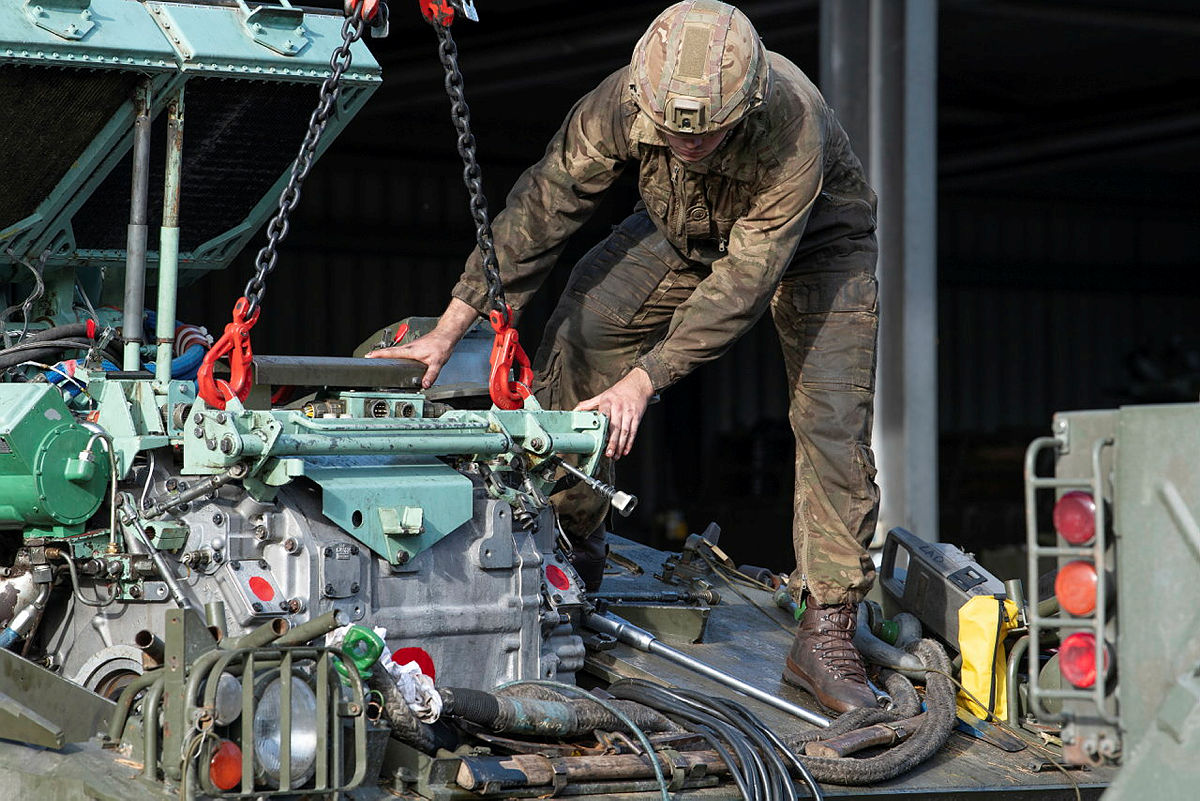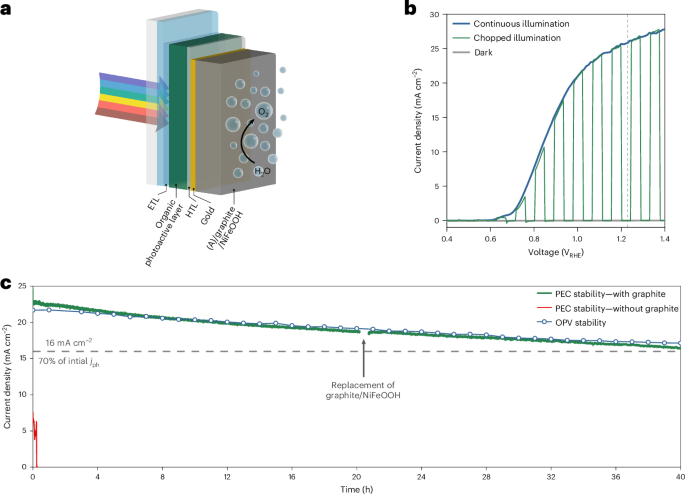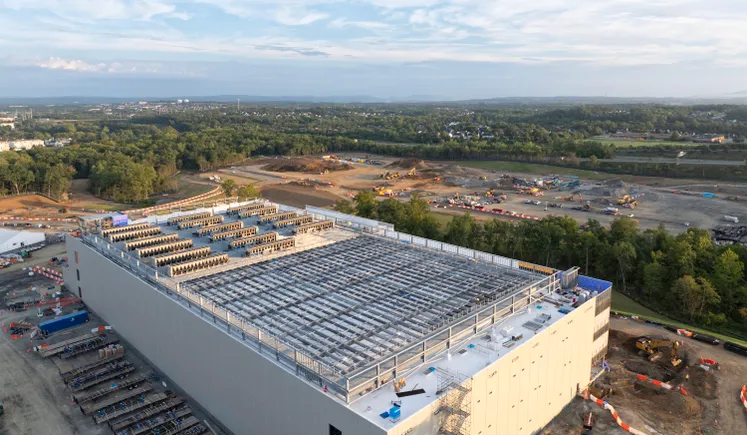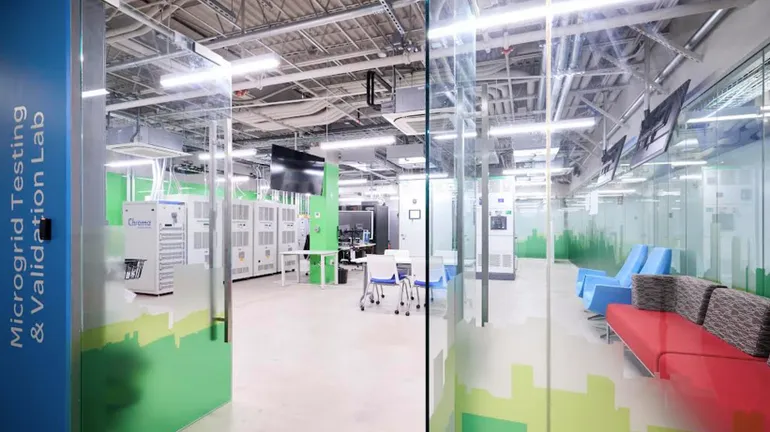Lifecycle Synergistic Prelithiation Strategy of Both Anode and Cathode for High‐Performance Lithium‐Ion Batteries
Advanced Energy Materials, EarlyView.

Anode prelithiation compensates for the active lithium loss in the initial stage and generates Li3N, LiF, Li2O and Li3P-rich SEI interfaces, guaranteeing the subsequent stable cycling of the battery. B, N double-doped carbon loaded Mo2C-W2C (Mo-W@BNC) heterogeneous catalyst-moderated multi-active Li2C2O4 and Li2C4O4 composite lithium replenishers enable efficient stepwise lithium liberation. The comprehensive prelithiation strategy enables sufficient active lithium throughout the battery's lifecycle.
Abstract
Prelithiation is recognized as an effective technology for addressing the depletion of active lithium, but conventional methods are constrained by their reliance on singular lithium replenishment mechanisms and limited functionality. Herein, a synergistic and comprehensive lifecycle prelithiation technology is introduced as applicable to both anode and cathode. For anode prelithiation, highly reactive biphenyl lithium is leveraged as a lithium replenishing agent, supplemented by functional additives, ethoxy(pentafluoro)cyclotriphosphazene (PFPN) and fluoroethylene carbonate (FEC), to generate a robust SEI enriched with Li3N, LiF, Li3P and Li2O. This approach not only compensates for the initial active lithium loss but also fortifies the structural integrity of the SEI. For cathode prelithiation, the high-capacity lithium replenisher Li2C2O4 and Li2C4O4 comprising B, N double-doped carbon loaded Mo2C-W2C (Mo-W@BNC) heterogeneous catalysts is employed, which exhibits superior catalytic performance in facilitating the release of lithium. The exceptional efficient liberations of lithium are achieved at discharge voltages of 3.78 V and 4.14 V for Li2C2O4 and Li2C2O4, respectively. The prelithiation for both anode and cathode mitigates the initial active lithium loss by 22.6%. Moreover, a singular activation during subsequent usage contributes an additional 0.8 mAh cm−2 of active lithium, achieving a capacity retention of 99.3% after 250 cycles at 0.5C.










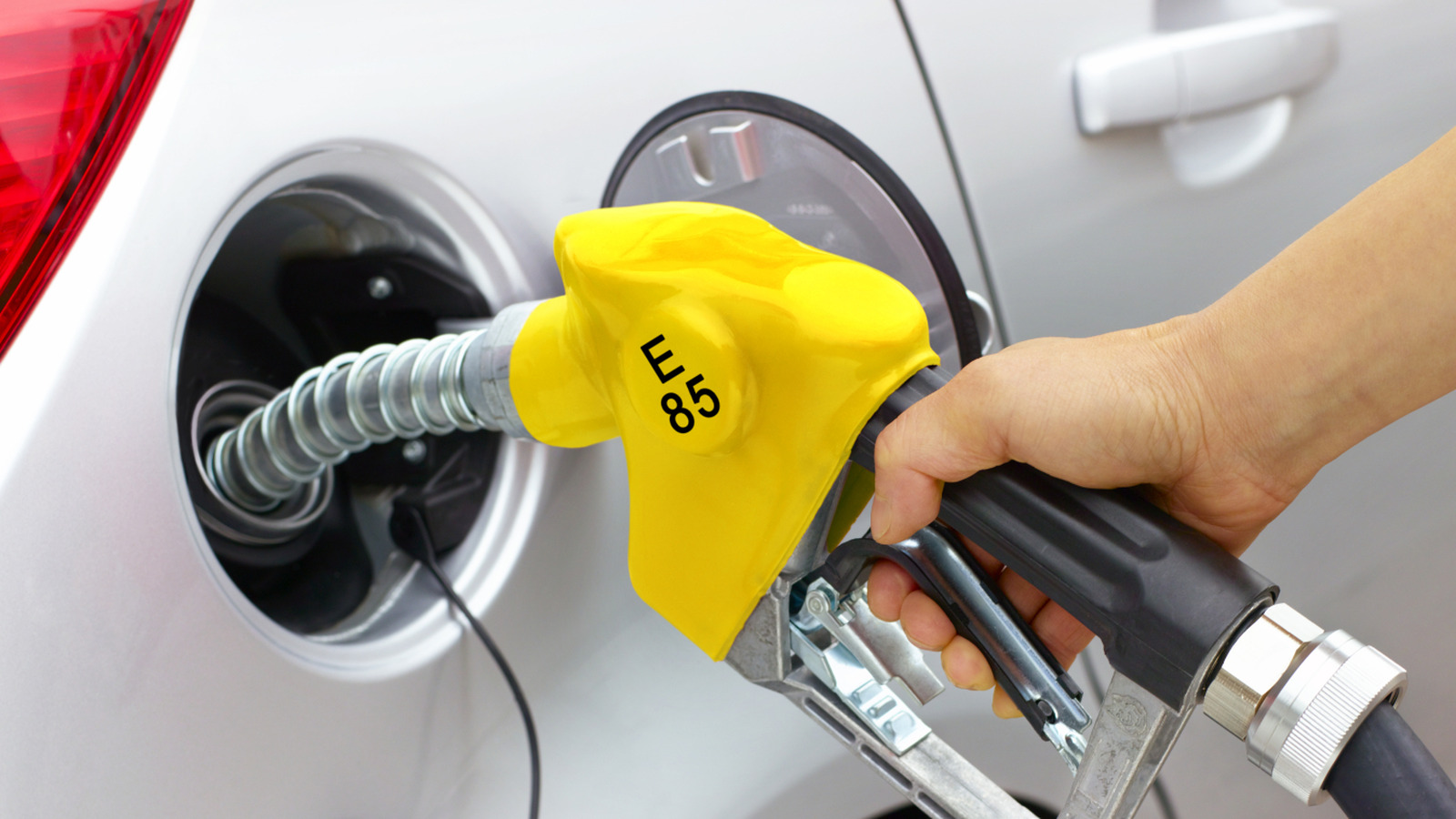






















































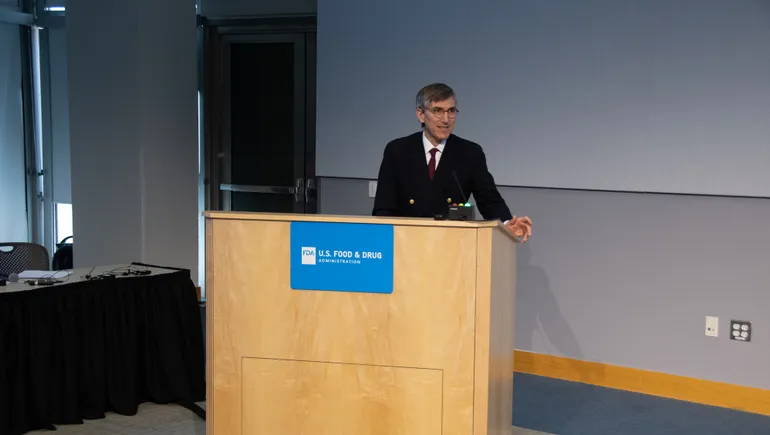
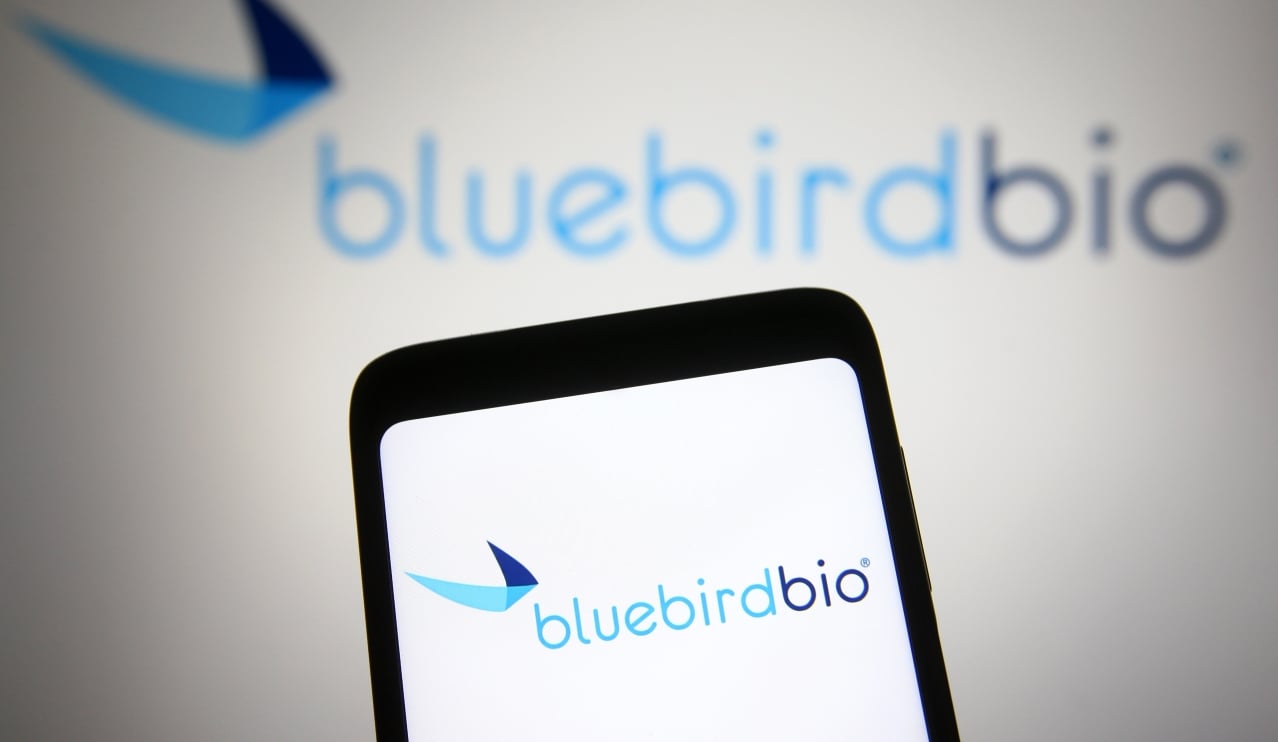







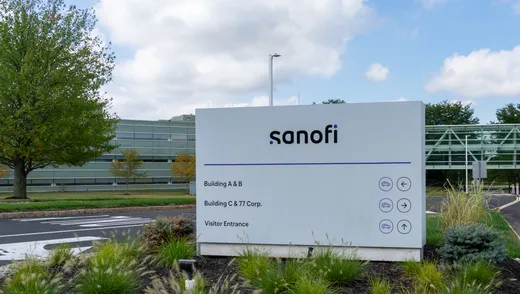

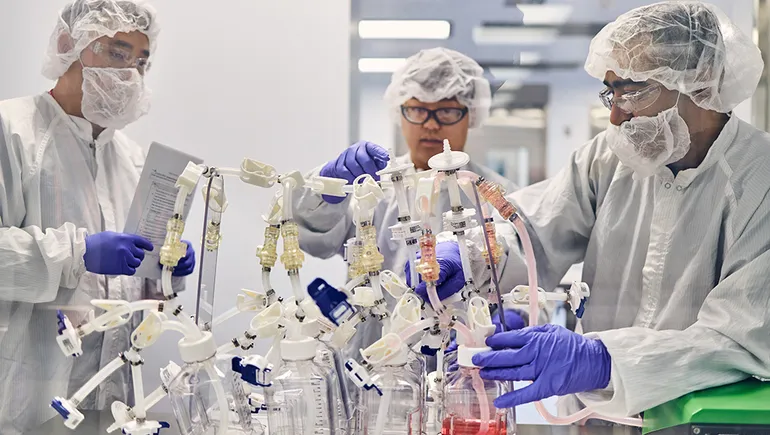

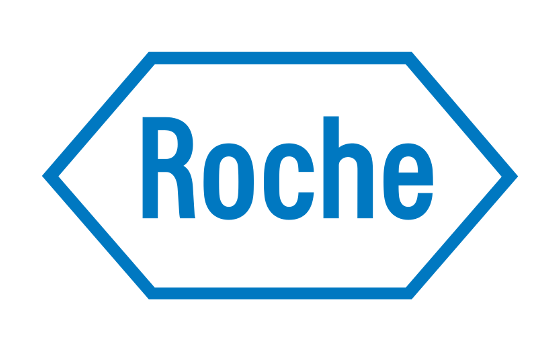






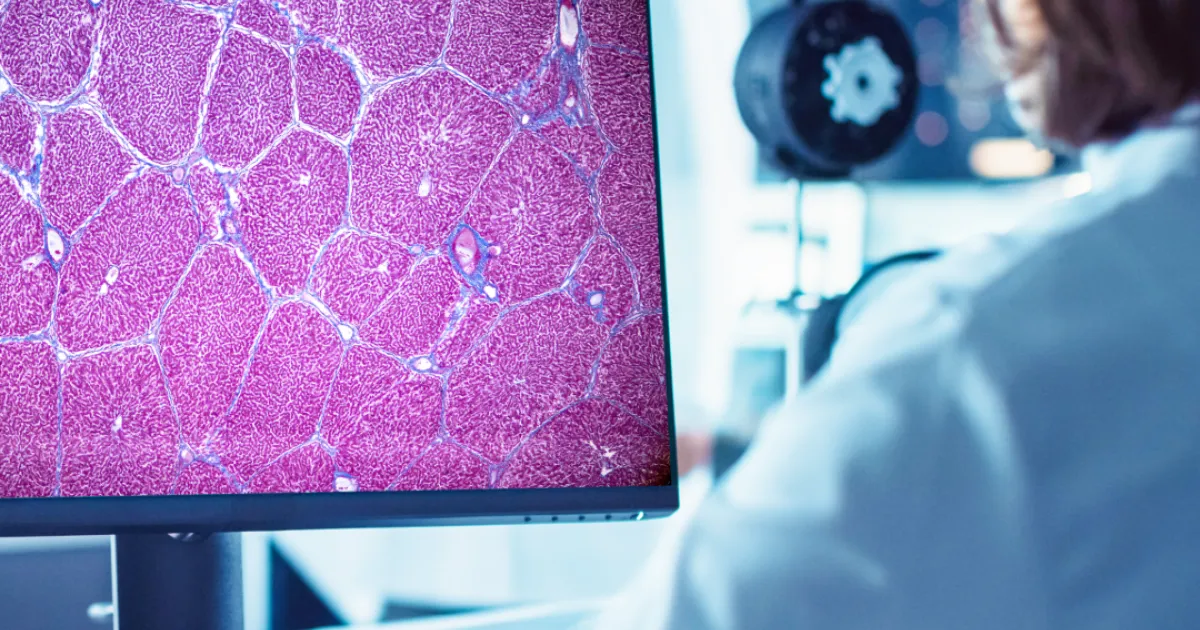













![The sights of Avalon Air Show 2025: Day Three [PHOTOS]](https://breakingdefense.com/wp-content/uploads/sites/3/2025/03/f-35-avalon-final-day-scaled-e1743079275404.jpg?#)
